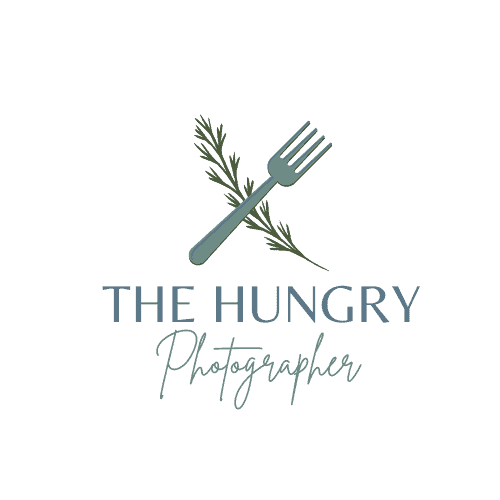Bullet Journal Notebooks
While it’s true that the bullet journaling system is designed to work no matter what kind of notebook is used, certain trends and favorite features have become the standard over time. Identifying preferred choices in binding, page quality, paper type lead into other considerations like formatting and plotting layouts according to the space provided or required. Most journals are made to record at least three to six months at a time, but can also be used for shorter or longer periods of time. As well, the number of collections and trackers a bullet journal has can determine how quickly the pages are filled with other entries or calendars.
Journal Covers, Pages and Paper Quality
Choosing a hard or soft cover depends on how much wear and tear the journal should be expected to endure. For those who journal on the go and might be pulling their notebook in and out of a backpack frequently, size and weight will matter a lot. Some will only need to maintain their journals at home and can then experiment with notebooks that have larger or heavier dimensions.
Rotation is another important consideration when choosing the right notebook for bullet journaling. Depending on which monthly spreads or collections are used, a journal with a high page count may be more useful than smaller ones for those who prefer to reference past tasks and lists. More minimalist journal styles might work better with slimmer notebooks and a faster turnover between volumes. If pages will have a high degree of detail or design, then thicker pieces of paper or pages that can be taken in and out of the notebook are more durable and appropriate choices.
Deciding Between Lined, Grid or Blank Pages
In many cases, journals are made with one style of page formatting throughout the notebook. This can be thinly or widely spaced lines as they are most useful for pages with a lot of text-based entries. Dotted or lined grids can be better suited to stamping, stenciling or hand-lettered and drawn designs. Simple, blank pages are also common choices for more loosely arranged bullet journals that might also serve as freehand sketchbooks.
Using ringed binders instead of soft or hardcover bound journals offers unique opportunities to combine many different page styles into one journal. Some manufacturers make specialized binders and sets of multi-formatted pages for just this purpose, but other styles can be adapted for use with the bullet journal method. While the designer behind the bullet journaling system, Ryder Carroll, offers his own branded notebook that comes with many pre-formatted features, many other companies have also made series of journals or inserts intended for use with this method.
You’re ready to give bullet journaling a try. Before you start your first bullet journal, you need to decide on the type of journal you want to use. In this post, I’ll give you a quick overview over the three main styles of bullet journals in use. This should make your decision easier. Most importantly just start, get your feet wet and if needed switch to a different type of journal until you find the one that’s right for you.
A Plain Notebook
The easiest way to get started is with any notebook that you have lying around. Of course you can also pick up an inexpensive one at the store. If you just want to give this a try, it doesn’t matter if it’s ruled, lined, or has blank pages. Any type of notebook will work.
The advantage is that it’s easy and inexpensive to find something to play around with. The disadvantage is that inexpensive notebooks tend to fall apart after a lot of use, aren’t very customizable, and you have number the pages yourself. That being said, I recommend this is where you start. Give it a try and see if bullet journaling will work for you. If so, you can move on to one of the other types of notebooks.
A Moleskin or Leuchtturm Notebook
When you’re ready to upgrade to a journal you’ll enjoy writing in and are proud to display, consider spending a few dollars on a Moleskin or Leuchtturm notebook. You’ll end up with a nice sturdy book that you can carry around with you or keep by your desk.
In addition to making your bullet journaling a nicer experience, a quality notebook has some added benefits. The paper will be nicer to write on, it usually has quite a few pages, so you may be able to fit an entire year’s worth of notes and journaling in one notebook.
Bullet journaling requires you to use numbered pages in your journal for indexing. There are a few editions available that include numbered pages including the Leuchtturm 1970 journal. [replace with your affiliate link]
A Travel Journal or Midori
A third option is a travel journal or midori. This consists of a piece of leather used as a cover and a series of replaceable inserts held in place by elastic bands. The big advantage of using a Midori style journal for your bullet journaling is that it’s highly customizable. Instead of using an index and having your collections or lists randomly spread throughout your journal, you can keep a dedicated insert for collections.
If you’re missing a more traditional calendar layout for your monthly pages, you can use a more traditional monthly and weekly calendar in your bullet journal.
Last but not least, by having the essential parts of your bullet journal (monthly spreads, daily sections, and collections) separated, you can replace only the parts you need to replace. That means when your daily journaling notebook is full, you simply start a new one, and there’s no need to go back and copy over any essential collections in a new journal. You keep your collections until you’re ready to replace it and start a new journal for those.
No matter what format you chose, I hope you give bullet journaling a try.
